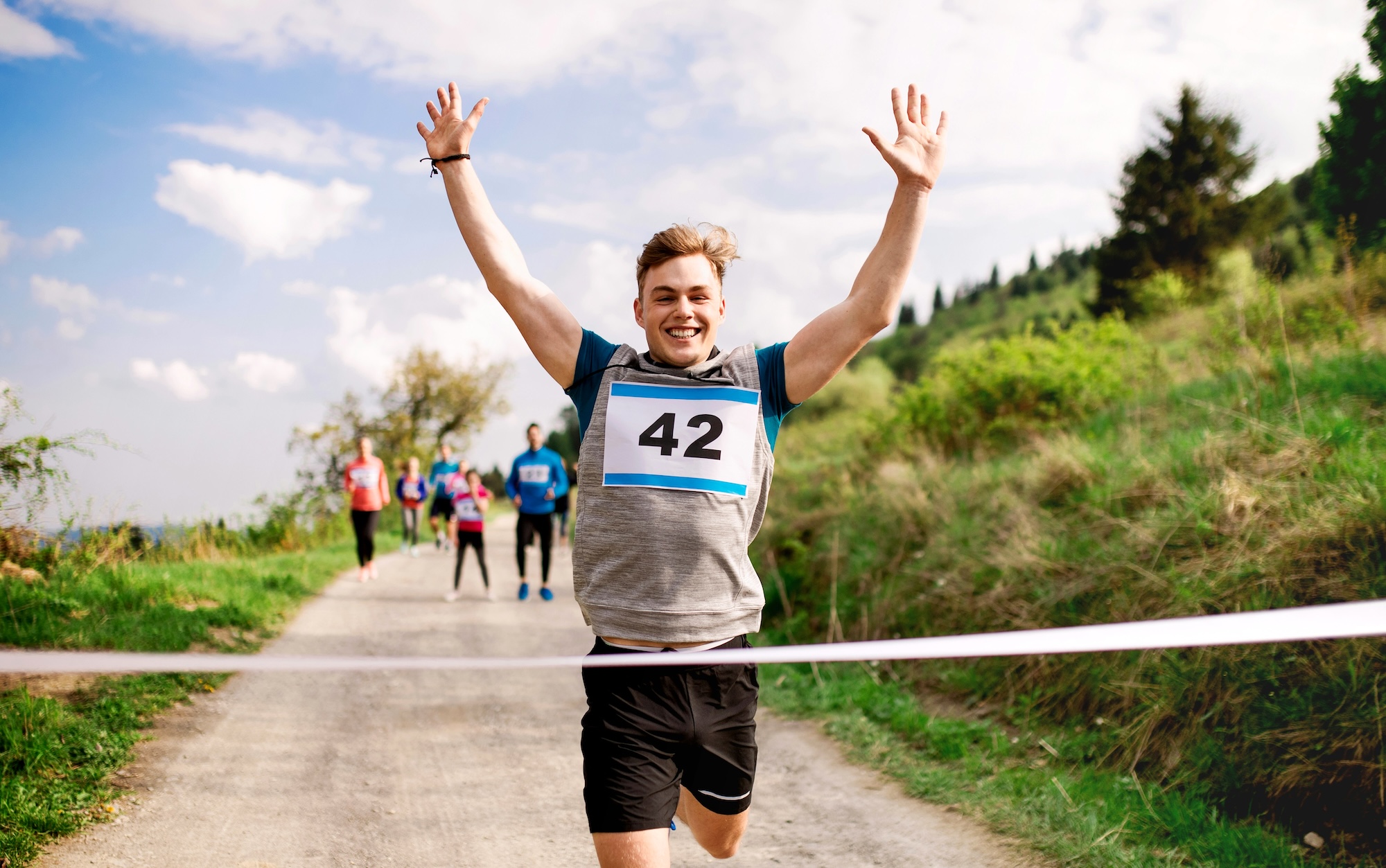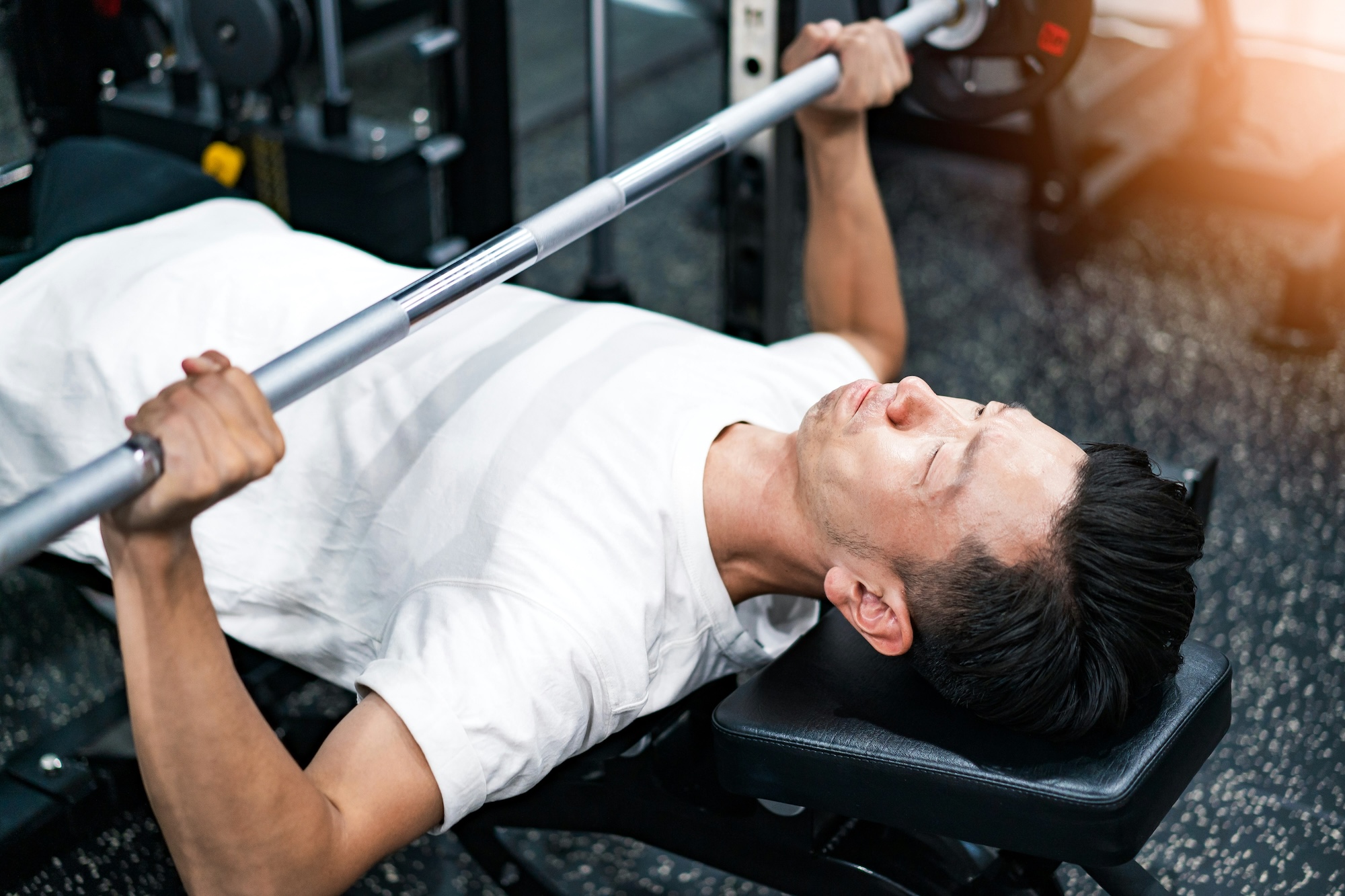Restricting air flow during a run or workout may have damaging effects to your health
By Nadine Halili | Art by Tricia Guevara | Source photo from Flo Karr/Unsplash
Just yesterday, May 13, Presidential Spokesperson Harry Roque announced that running will be among the outdoor exercises allowed in cities under modified enhanced community quarantine and general enhanced community quarantine. However, citizens are required to wear face masks and maintain a two-meter distance from other people while exercising. Wearing masks, handkerchiefs or face shields for the mouth and nose was enforced by the government ever since the announcement of the enhanced community quarantine, but people have expressed that these are difficult to do while running. It may even pose risks to your respiratory health:
Wearing a mask restricts your breathing
Let’s face it, it’s hard to imagine working out with something covering the face during a long period. According to sports science professor Wisdom Valleser, this is because face masks restrict air flow, making it difficult to breathe. However, exercising with a mask isn’t a new concept—elevation training masks (ETM) have been used to simulate high-altitude conditions to strengthen runner’s lung capacity and oxygen efficiency. Although research has mixed reviews regarding ETM’s use, in general, wearing masks can make you prone to hyperventilating and even fainting, especially if you have high blood pressure or other cardiovascular problems.
Your lungs may suffer severe consequences if breathing is restricted while doing strenuous exercises. Just recently, a 26-year-old Chinese man was reportedly rushed to Wuhan Central Hospital due to a collapsed lung after running 2.5 miles while wearing a mask. Doctors believed this was caused by the pressure in his lungs as he was exercising while wearing a mask. The man was believed to have started running two weeks before the incident to improve his fitness after the city was placed on lockdown.
According to sports science professor Wisdom Valleser, this is because face masks restrict air flow, making it difficult to breathe. However, exercising with a mask isn’t a new concept—elevation training masks (ETM) have been used to simulate high-altitude conditions to strengthen runner’s lung capacity and oxygen efficiency
Breathing exercises can help make running with a mask easier
Another risk of exercising with a mask is that the material will eventually become damp due to sweat or from water vapor you exhale. This defeats the mask’s purpose. USATF-certified coach and director of education for indoor running brand STRIDE Steve Stonehouse told Runner’s World that runners can practice nasal breathing with a mask to prevent this from happening.
Your body’s “nasal passageways are designed to filter allergens and foreign bodies out of the air before they enter the lungs.” However, nasal breathing takes some getting used to and runners may tend to revert to exhaling with their mouths after some time.
Cara Gilman, a running and yoga coach from Boston, also recommends nasal breathing to help alleviate anxiety from running with a mask on. She suggests practicing ujjayi breathing—a yoga exercise that trains you to inhale and exhale with your nose.
Gilman also told Boston Magazine that there are some multipurpose accessories like this one from Buff that can be used as an alternative to masks. You could also create a homemade mask out of polyester or cotton since they’re thinner and more breathable.
The coronavirus pandemic has definitely changed the way how normal activities are conducted and outdoor exercise is only a part of it. However, this shouldn’t stop you from working towards your fitness goals or staying healthy to fight the virus. There are many creative ways to stay active, and wearing a mask while running just happens to be one of the adjustments you’ll need to make.
Subscribe to our newsletter to receive the latest sports news and active lifestyle and fitness features you need














































